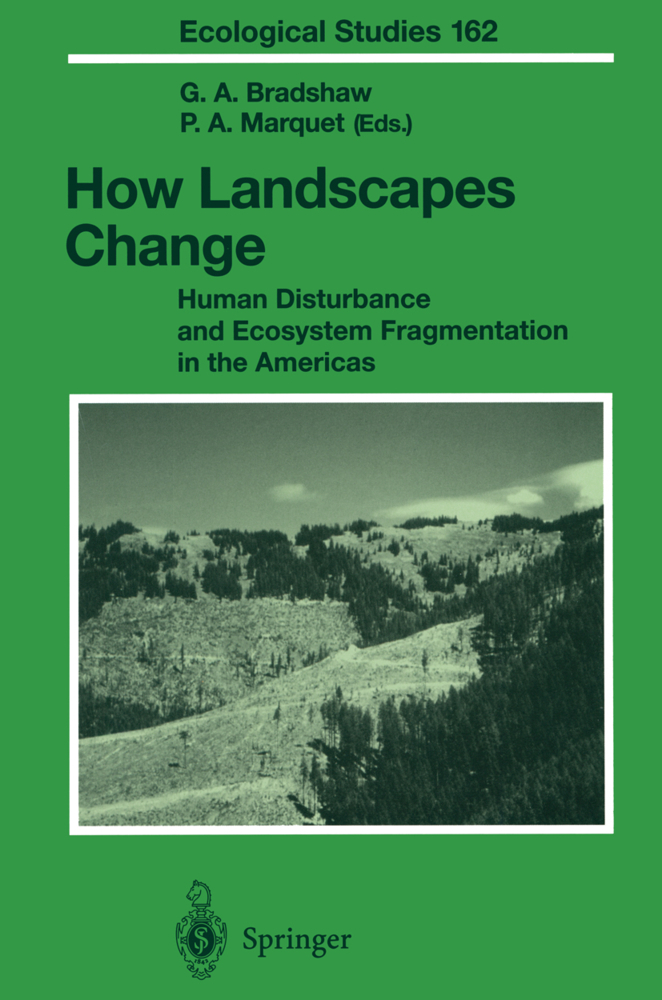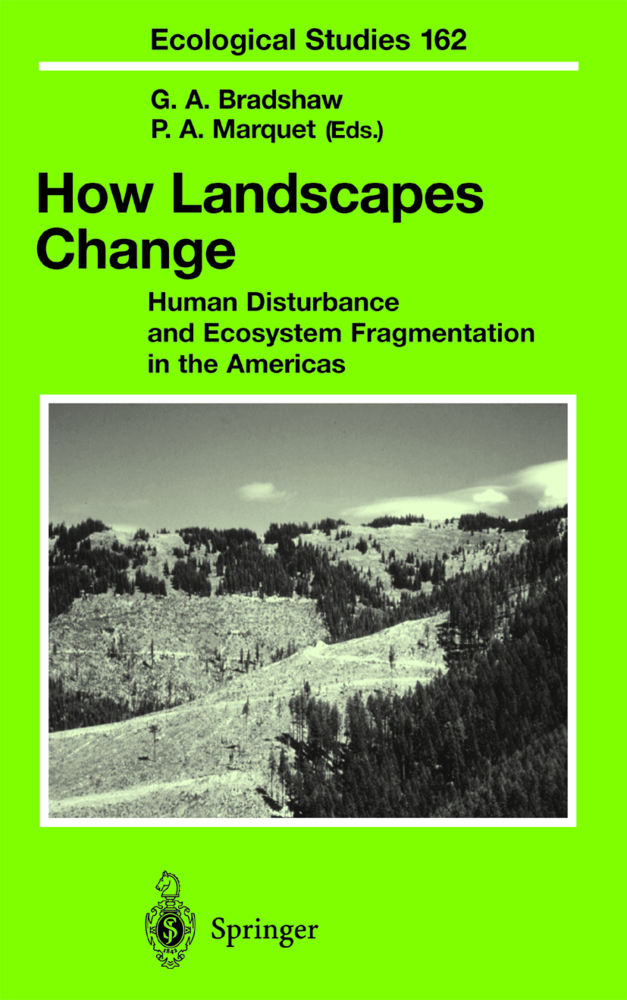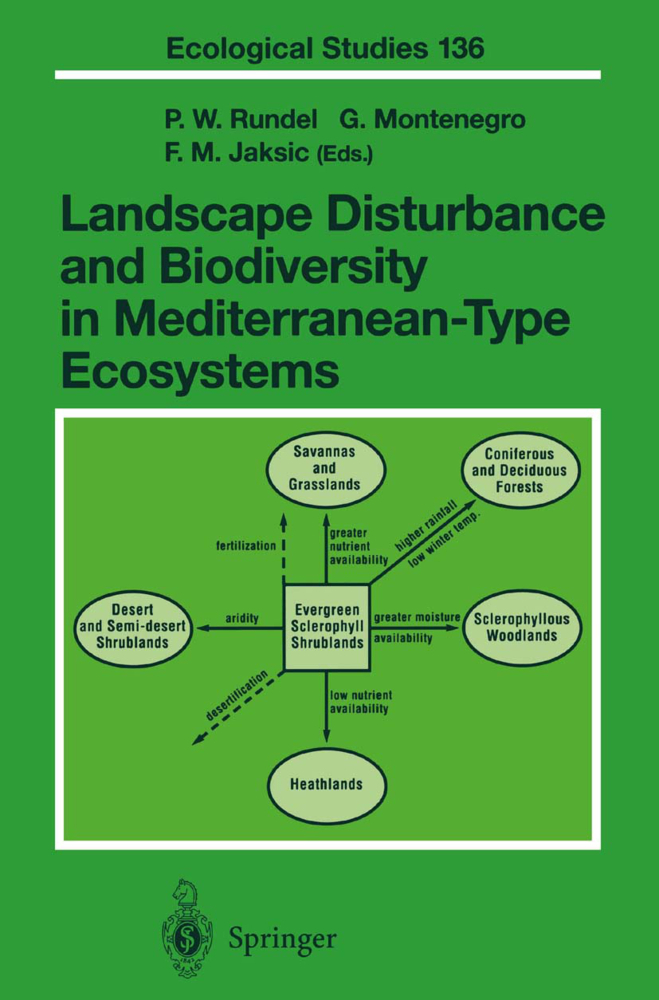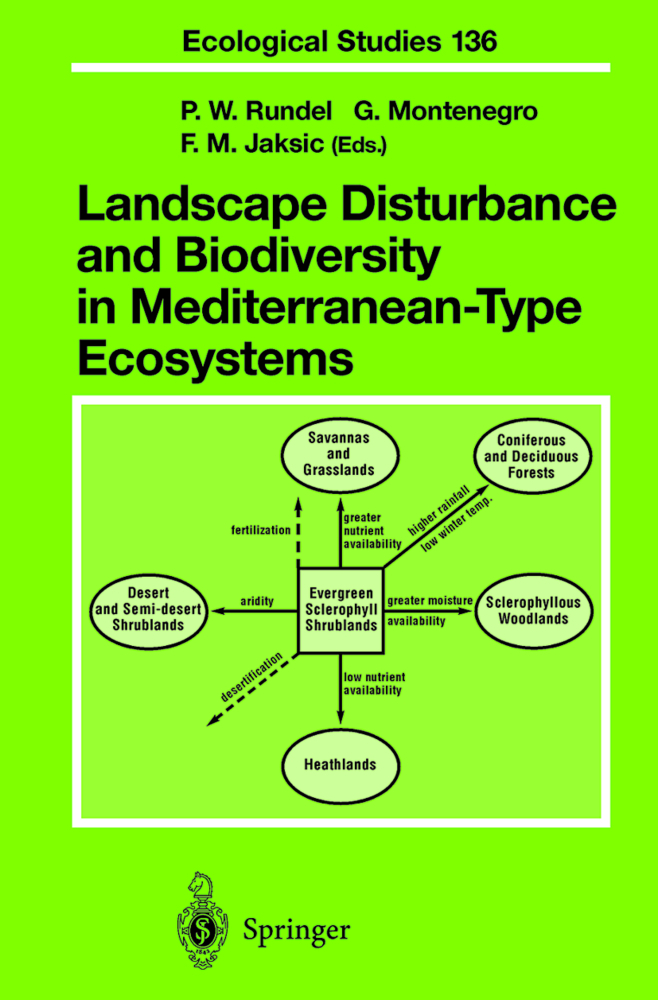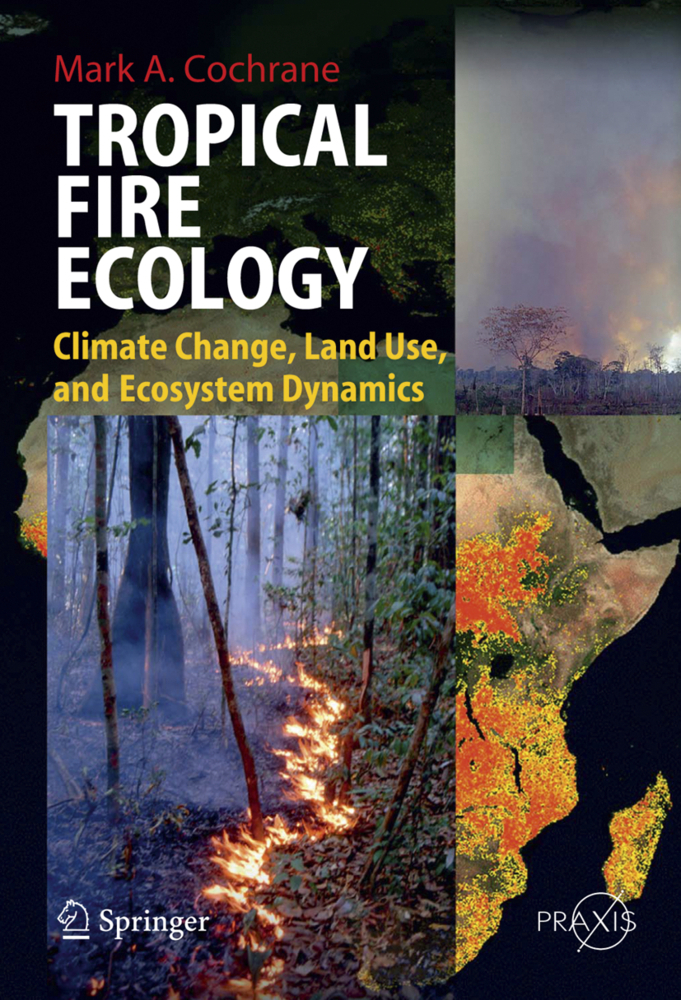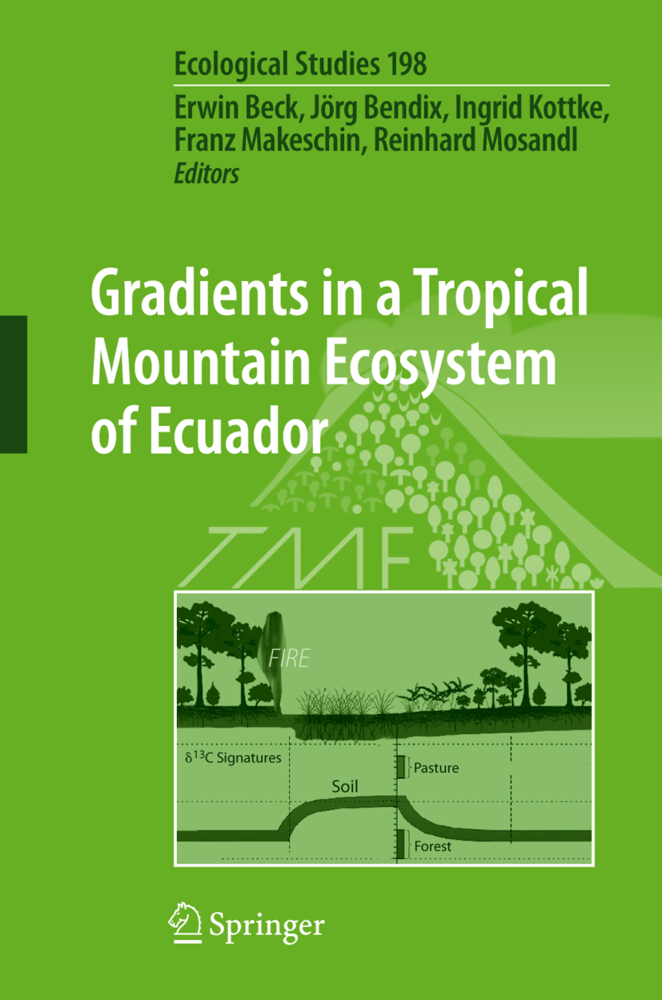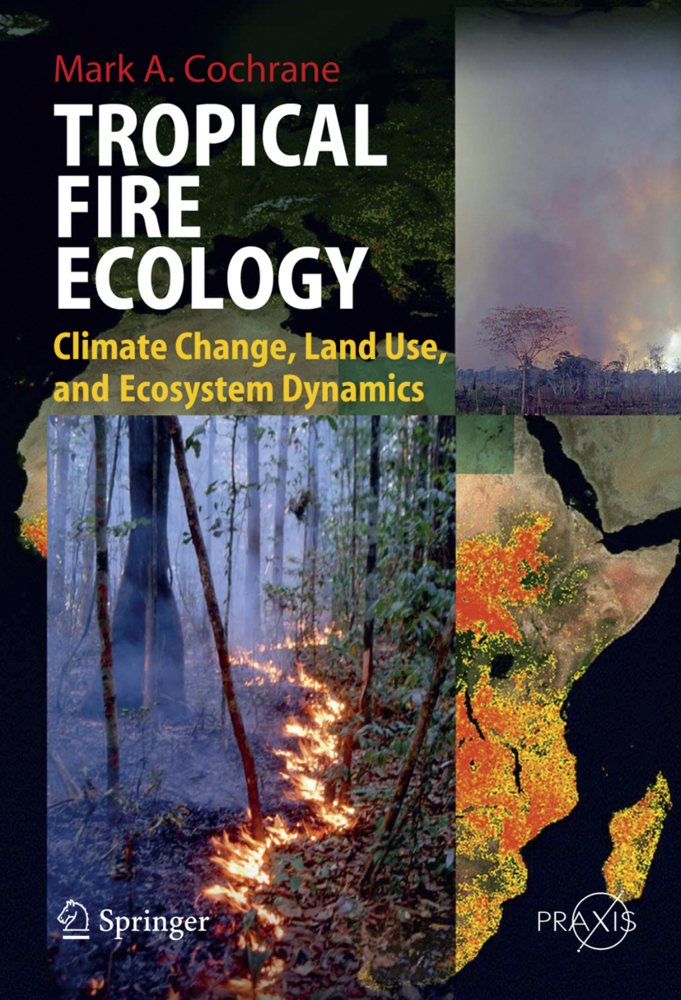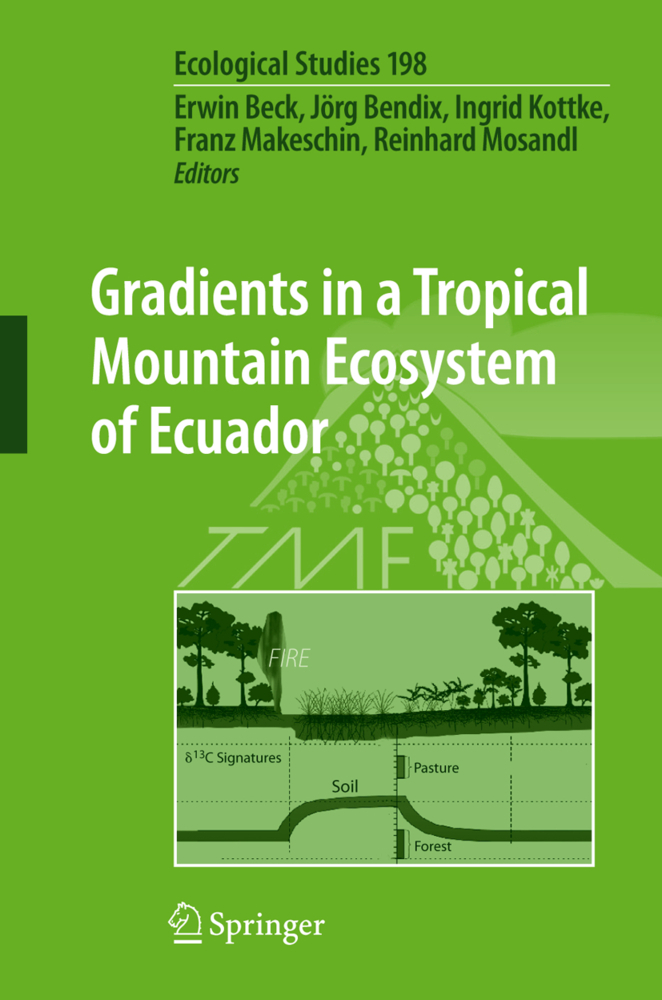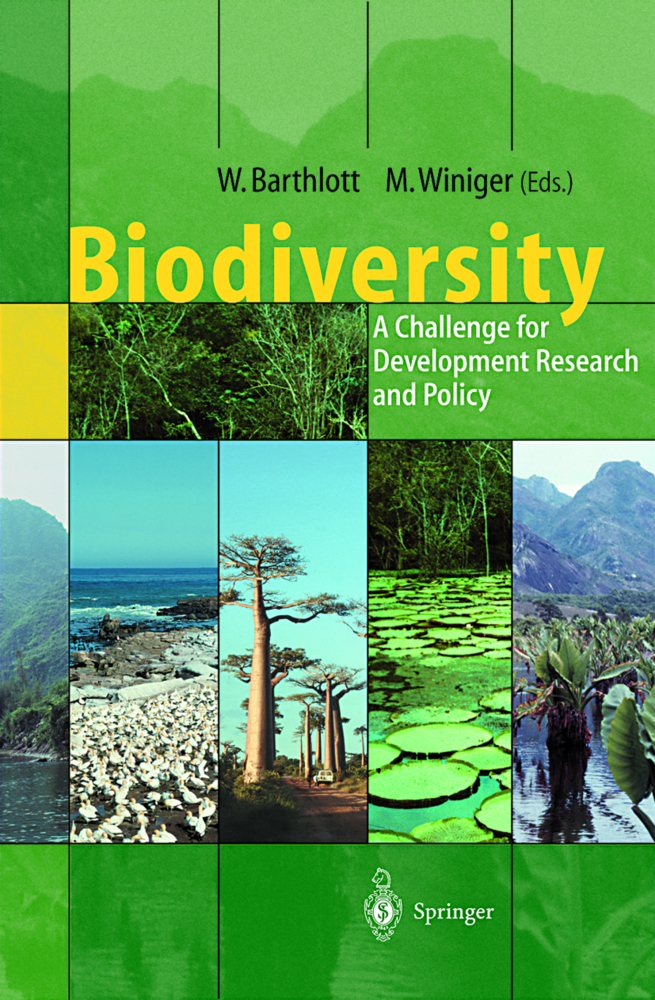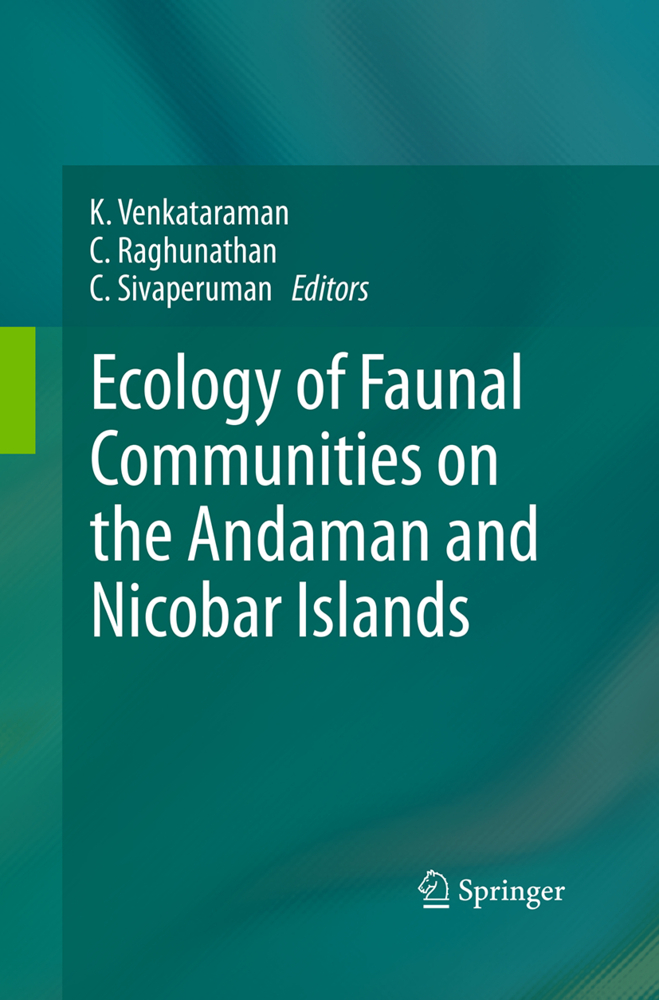How Landscapes Change
Human Disturbance and Ecosystem Fragmentation in the Americas
How Landscapes Change
Human Disturbance and Ecosystem Fragmentation in the Americas
North and South America share similar human and ecological histories and, increasingly, economic and social linkages. As such, issues of ecosystem functions and disruptions form a common thread among these cultures. This volume synthesizes the perspectives of several disciplines, such as ecology, anthropology, economy, and conservation biology. The chief goal is to gain an understanding of how human and ecological processes interact to affect ecosystem functions and species in the Americas. Throughout the text the emphasis is placed on habitat fragmentation. At the same time, the book provides an overview of current theory, methods, and approaches used in the analysis of ecosystem disruptions and fragmentation.
2 Beyond Malthus and Perverse Incentives: Economic Globalization, Forest Conversion and Habitat Fragmentation
3 Forest Fragmentation and Biodiversity in Central Amazonia
4 Climatic and Human Influences on Fire Regimes in Temperate Forest Ecosystems in North and South America
5 Natural Versus Anthropogenic Sources of Amazonian Biodiversity: the Continuing Quest for El Dorado
II Ecological and Evolutionary Consequences of Fragmentation
6 Bees Not to Be? Responses of Insect Pollinator Faunas and Flower Pollination to Habitat Fragmentation
7 Implications of Evolutionary and Ecological Dynamics to the Genetic Analysis of Fragmentation
8 Forest Fragmentation, Plant Regeneration and Invasion Processes Across Edges in Central Chile
9 The Ecological Consequences of a Fragmentation-Mediated Invasion: The Argentine Ant, Linepithema humile, in Southern California
III Ecosystem Fragmentation: Theory, Methods, and Implications for Conservation
10 A Review and Synthesis of Conceptual Frameworks for the Study of Forest Fragmentation
11 Reflections on Landscape Experiments and Ecological Theory: Tools for the Study of Habitat Fragmentation
12 Spatial Autocorrelation, Dispersal and the Maintenance of Source-Sink Populations
13 Patch Dynamics, Habitat Degradation and Space in Metapopulations
14 How Much Functional Redundancy Is Out There, or, Are We Willing to Do Away with Potential Backup Species?
15 Predicting Distributions of South American Migrant Birds in Fragmented Environments: A Possible Approach Based on Climate
16 Habitat Heterogeneity on a Forest-Savanna Ecotone in Noel Kempff Mercado National Park (SantaCruz, Bolivia): Implications for the Long-Term Conservation of Biodiversity in a Changing Climate
17 Bandages for Wounded Landscapes: Faunal Corridors and Their Role in Wildlife Conservation in the Americas
18 Management of the Semi-Natural Matrix
Human Disturbance and Ecosystem Fragmentation in the Americas Synthesis and Final Reflections.
I Causes and Processes of Landscape Fragmentation
1 Biodiversity and Human Intervention During the Last 11,000 Years in North-Central Chile2 Beyond Malthus and Perverse Incentives: Economic Globalization, Forest Conversion and Habitat Fragmentation
3 Forest Fragmentation and Biodiversity in Central Amazonia
4 Climatic and Human Influences on Fire Regimes in Temperate Forest Ecosystems in North and South America
5 Natural Versus Anthropogenic Sources of Amazonian Biodiversity: the Continuing Quest for El Dorado
II Ecological and Evolutionary Consequences of Fragmentation
6 Bees Not to Be? Responses of Insect Pollinator Faunas and Flower Pollination to Habitat Fragmentation
7 Implications of Evolutionary and Ecological Dynamics to the Genetic Analysis of Fragmentation
8 Forest Fragmentation, Plant Regeneration and Invasion Processes Across Edges in Central Chile
9 The Ecological Consequences of a Fragmentation-Mediated Invasion: The Argentine Ant, Linepithema humile, in Southern California
III Ecosystem Fragmentation: Theory, Methods, and Implications for Conservation
10 A Review and Synthesis of Conceptual Frameworks for the Study of Forest Fragmentation
11 Reflections on Landscape Experiments and Ecological Theory: Tools for the Study of Habitat Fragmentation
12 Spatial Autocorrelation, Dispersal and the Maintenance of Source-Sink Populations
13 Patch Dynamics, Habitat Degradation and Space in Metapopulations
14 How Much Functional Redundancy Is Out There, or, Are We Willing to Do Away with Potential Backup Species?
15 Predicting Distributions of South American Migrant Birds in Fragmented Environments: A Possible Approach Based on Climate
16 Habitat Heterogeneity on a Forest-Savanna Ecotone in Noel Kempff Mercado National Park (SantaCruz, Bolivia): Implications for the Long-Term Conservation of Biodiversity in a Changing Climate
17 Bandages for Wounded Landscapes: Faunal Corridors and Their Role in Wildlife Conservation in the Americas
18 Management of the Semi-Natural Matrix
Human Disturbance and Ecosystem Fragmentation in the Americas Synthesis and Final Reflections.
Bradshaw, Gay A.
Marquet, Pablo A.
Ronnenberg, K.L.
| ISBN | 978-3-642-07827-9 |
|---|---|
| Artikelnummer | 9783642078279 |
| Medientyp | Buch |
| Copyrightjahr | 2010 |
| Verlag | Springer, Berlin |
| Umfang | XXI, 362 Seiten |
| Abbildungen | XXI, 362 p. |
| Sprache | Englisch |

